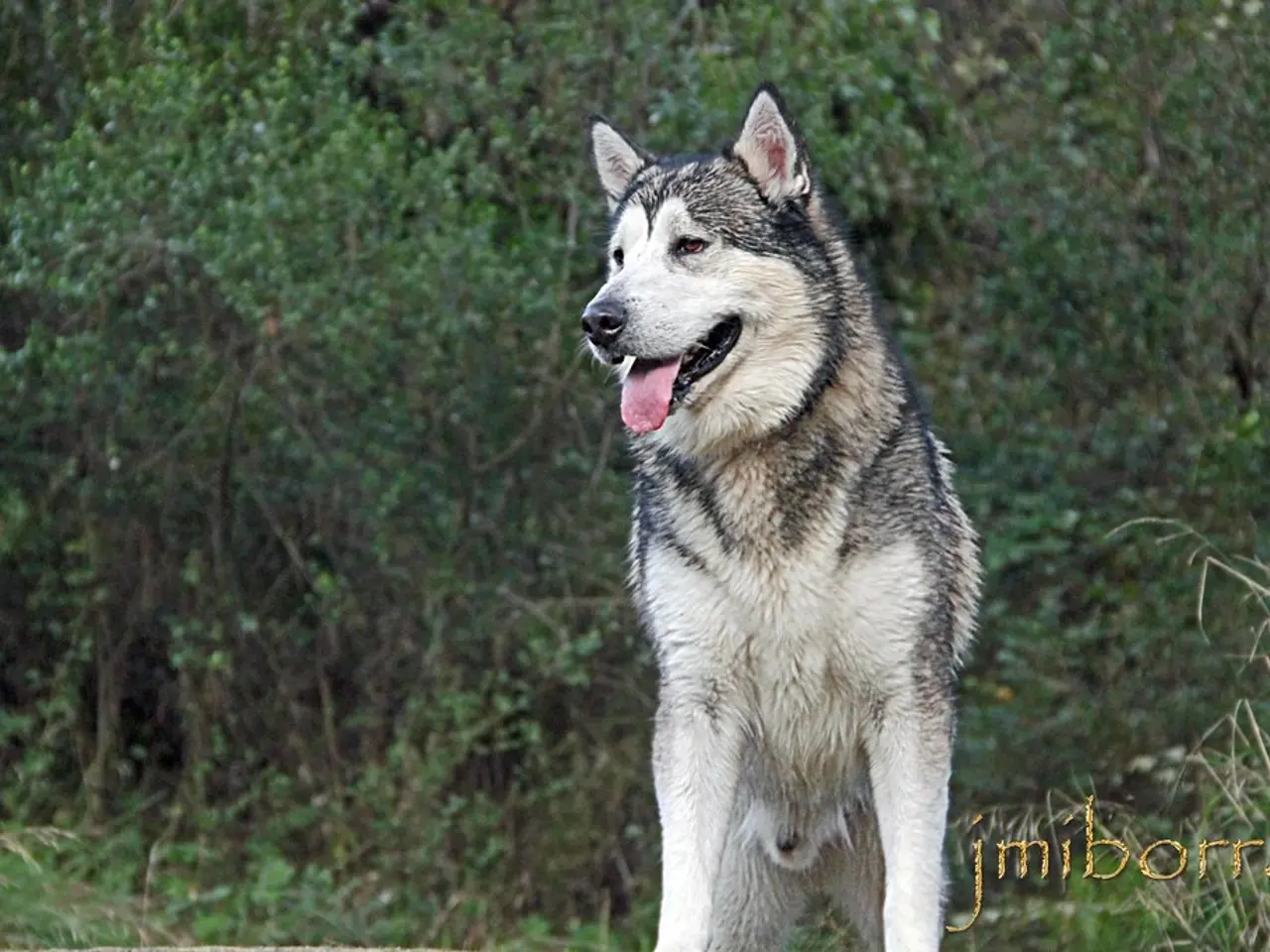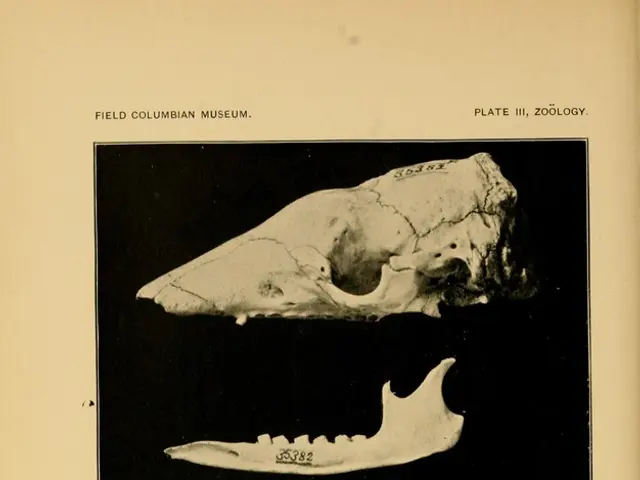Drones emitting Scarlett Johansson's voice are aiding in the safeguarding of cattle against wolf attacks.
In an innovative approach to wildlife management, scientists with the US Department of Agriculture's (USDA) Animal and Plant Health Inspection Service have been developing techniques to deter grey wolves using drones equipped with thermal imaging cameras and loudspeakers.
A study released in 2022 demonstrated that playing human voices through a drone's loudspeaker can disturb grey wolves. The disruption method, combined with the use of night vision technology, has been successful in deterring these predators from livestock areas.
Farmers in Northern California who have hosted USDA drone patrols have reported a reduction in livestock deaths. Biologists near the California-Oregon border are employing this method, using drones to play music, gunshots, fireworks, and human voices to scare away grey wolves from cattle.
However, the cost of the drones, which can reach around $20,000, and their impracticality in wooded areas pose challenges for many ranchers. Drones require professional training to operate effectively, and while they have been successful in certain instances, their long-term viability as a solution remains uncertain.
One such instance was recalled by Paul Wolf, the USDA's south-west district supervisor, who described a situation where a wolf was scared away by a drone pilot talking to it through the speaker.
The USDA drone patrols have extended south to the Sierra Valley this month for the first time, according to the California Department of Fish and Wildlife. The team documented successful interruptions of wolf hunts, but concerns about the long-term sustainability of the programme persist.
Mary Rickert, a cattle ranch owner north of Mount Shasta, is appreciative of the USDA drone patrols but fears they may not be a long-term solution. Ranchers like Mary might have to close their businesses if drones do not work over the long term.
Grey wolves were hunted to near-extinction throughout the western US by the first half of the 20th century. Since their reintroduction in Idaho and at Yellowstone National Park in the mid-1990s, grey wolf populations have proliferated to the point that a population in the Northern Rockies has been removed from the endangered species list.
In 2022, grey wolves were responsible for approximately 800 domesticated animal deaths across ten states. Ranchers might be allowed to shoot wolves under certain conditions if they are attacking their animals or coming onto their property after a certain number of attacks.
Dustin Ranglack, the USDA's lead researcher on the project, recalls the first time he saw a grey wolf in the wild with much pride. The team's work continues, striving to find effective and humane ways to protect livestock and promote coexistence between humans and these majestic predators.
Read also:
- Peptide YY (PYY): Exploring its Role in Appetite Suppression, Intestinal Health, and Cognitive Links
- Toddler Health: Rotavirus Signs, Origins, and Potential Complications
- Digestive issues and heart discomfort: Root causes and associated health conditions
- House Infernos: Deadly Hazards Surpassing the Flames








